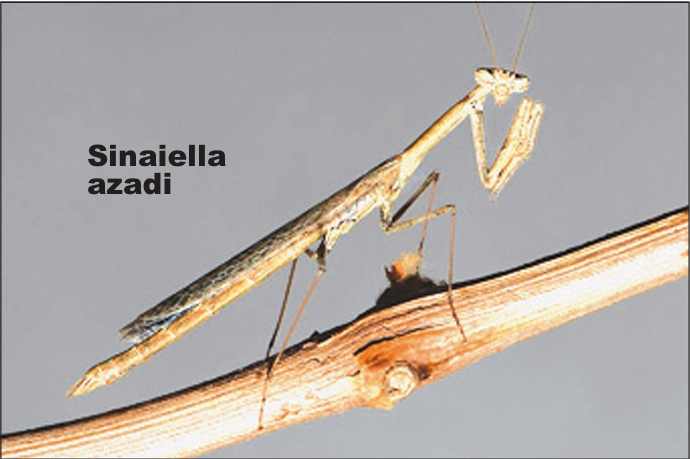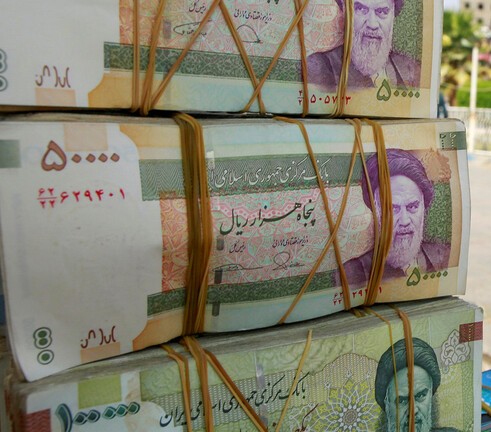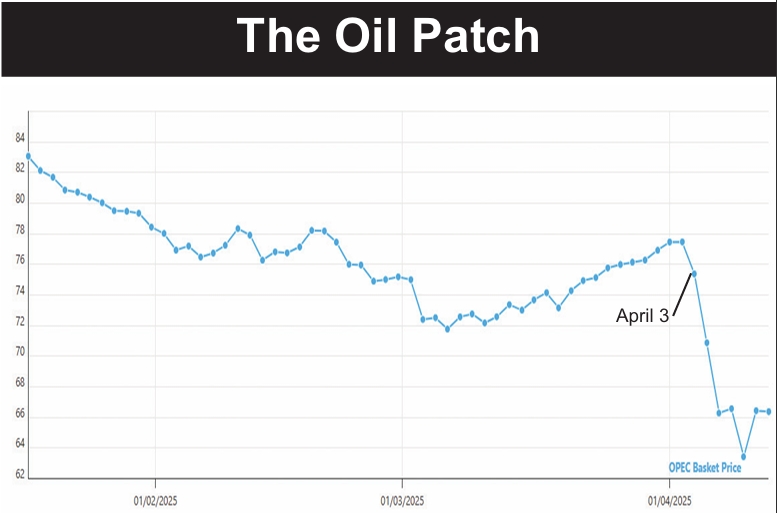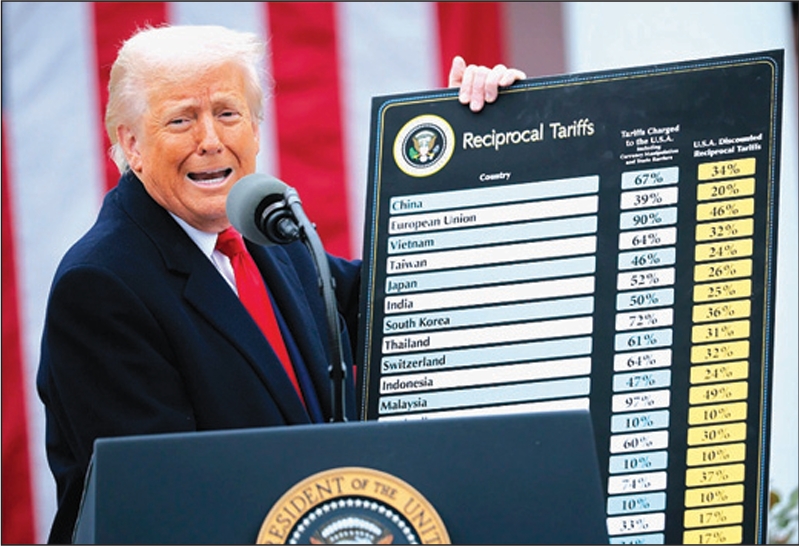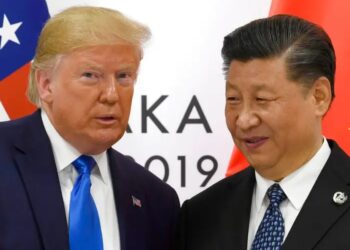While the reason isn’t certain, most likely Iranians are putting their wealth in gold because of their distrust of the rial.
Data from Turkey’s Statistics Institute show gold exports to Iran rose to 9,000 kilograms, worth $480 million, in March, up from 286 kilograms in March of last year and just 30 kilograms this February.
That was the highest monthly export to Iran since records started in 2010.
There was some speculation that Iran wanted gold to pay for imports because banking sanctions are making it hard for Iran to make normal payments through banks. But $480 million worth of gold wouldn’t go very far; that’s just a few days’ worth of Iranian oil exports.
Mostly likely it reflects the Iranian distrust of the rial and view of gold as a reasonable depository for wealth in tough times.
But one Turkish gold company official told Reuters gold could be in use for trade as sanctions made regular currency transactions harder. “Some payments may be made in gold because of problems in transferring money to Iran,” he said. “For the most part, I think gold may be replacing money transfers in trade with Iran.”
Iranian officials, however, have been publicly complaining about the high demand for gold inside Iran and the fact that gold prices there are higher than internationally. Thus, it is likely that Iran is importing gold to meet the domestic demand.
Turkey has become an increasingly important gold producer over the last 12 years, producing 25,000 kilos last year.
Uncertainty in Iran has taken its toll on the rial, which surged beyond 20,000 to the US dollar before Now Ruz and is now around 17,000, up from 12,000 last year.
At the time of the revolution, it took just 70 rials to buy a dollar. For three decades, the trend line has been downward, generally very slowly with periodic dramatic drops, but always downward.
Given that trend, “it’s natural that savings are made in gold in Iran,” said Ozgur Altug, chief economist at BGC Partners in Istanbul.




